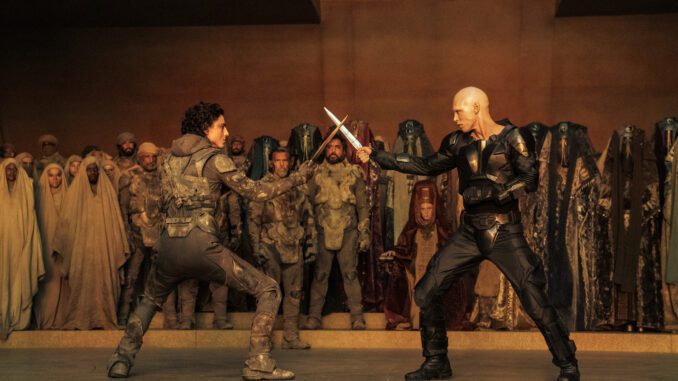
Director: Denis Villeneuve
Writers: Denis Villeneuve and Jon Spaihts
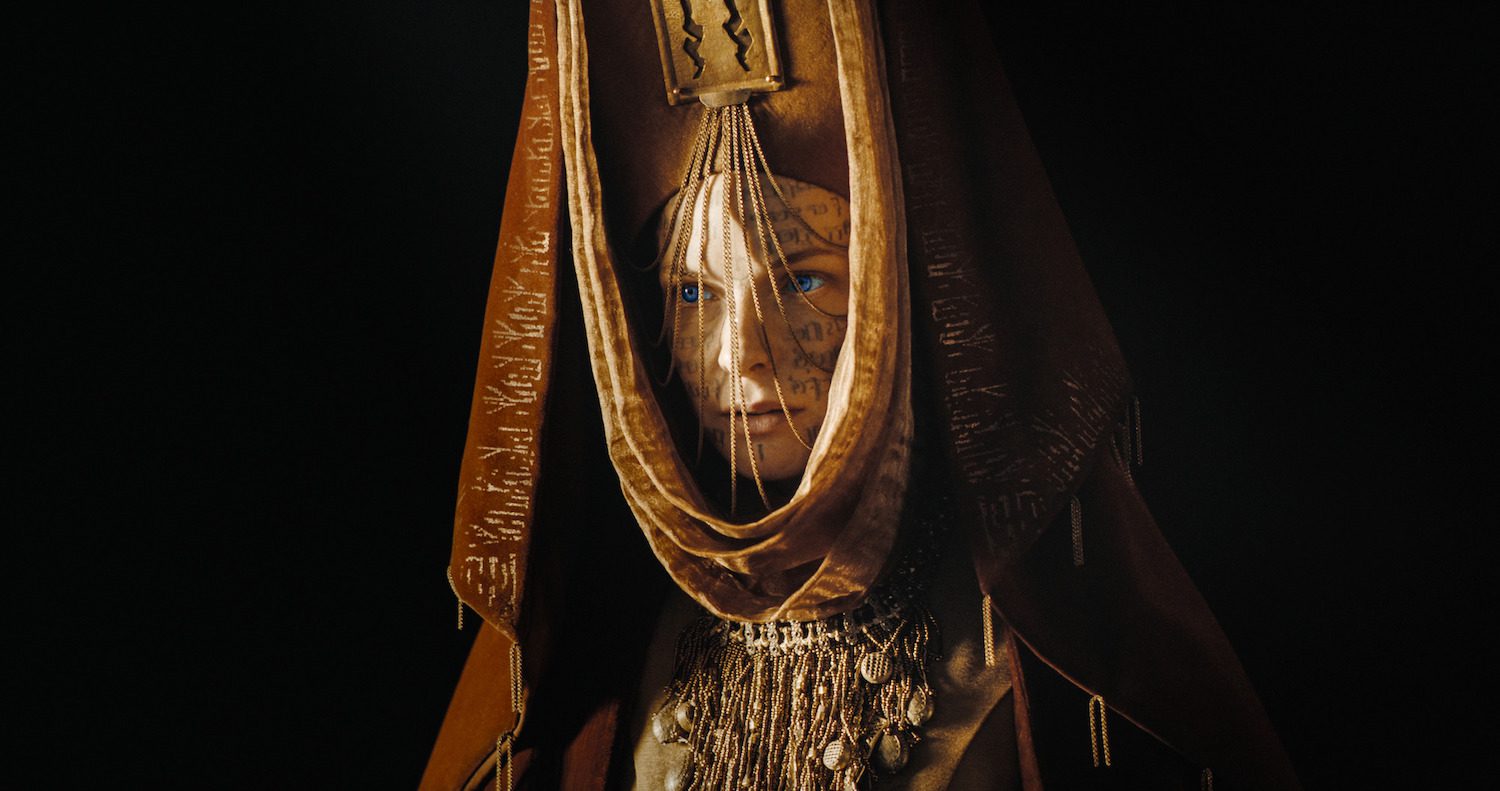
Cast: Timothée Chalamet (Paul “Muad’Dib” Atreides), Zendaya (Chani), Rebecca Ferguson (Lady Jessica), Josh Brolin (Gurney Halleck), Justin Butler (Feyd-Rautha Harkonnen), Florence Pugh (Princess Irulan), Dave Bautista (Glossu Rabban Harkonnen), Christopher Walken (Shaddam IV), Léa Seydoux (Lady Margot Fenring), Souheila Yacoub (Shishakli), Stellan Skarsgård (Baron Vladimir Harkonnen), Charlotte Rampling (Gaius Helen Mohiam), Javier Bardem (Stilgar)
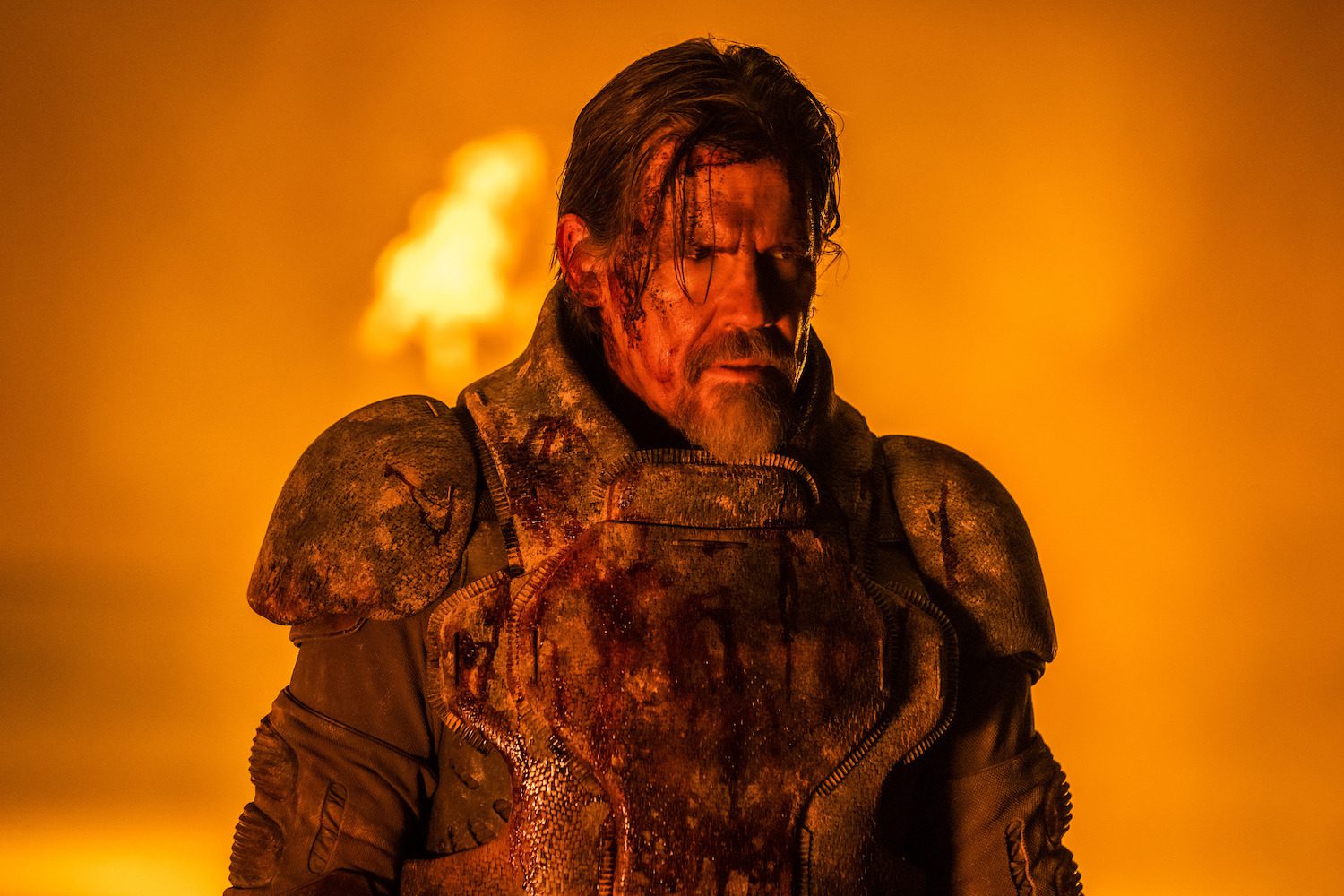
Score: 3.7 stars out of 5 stars
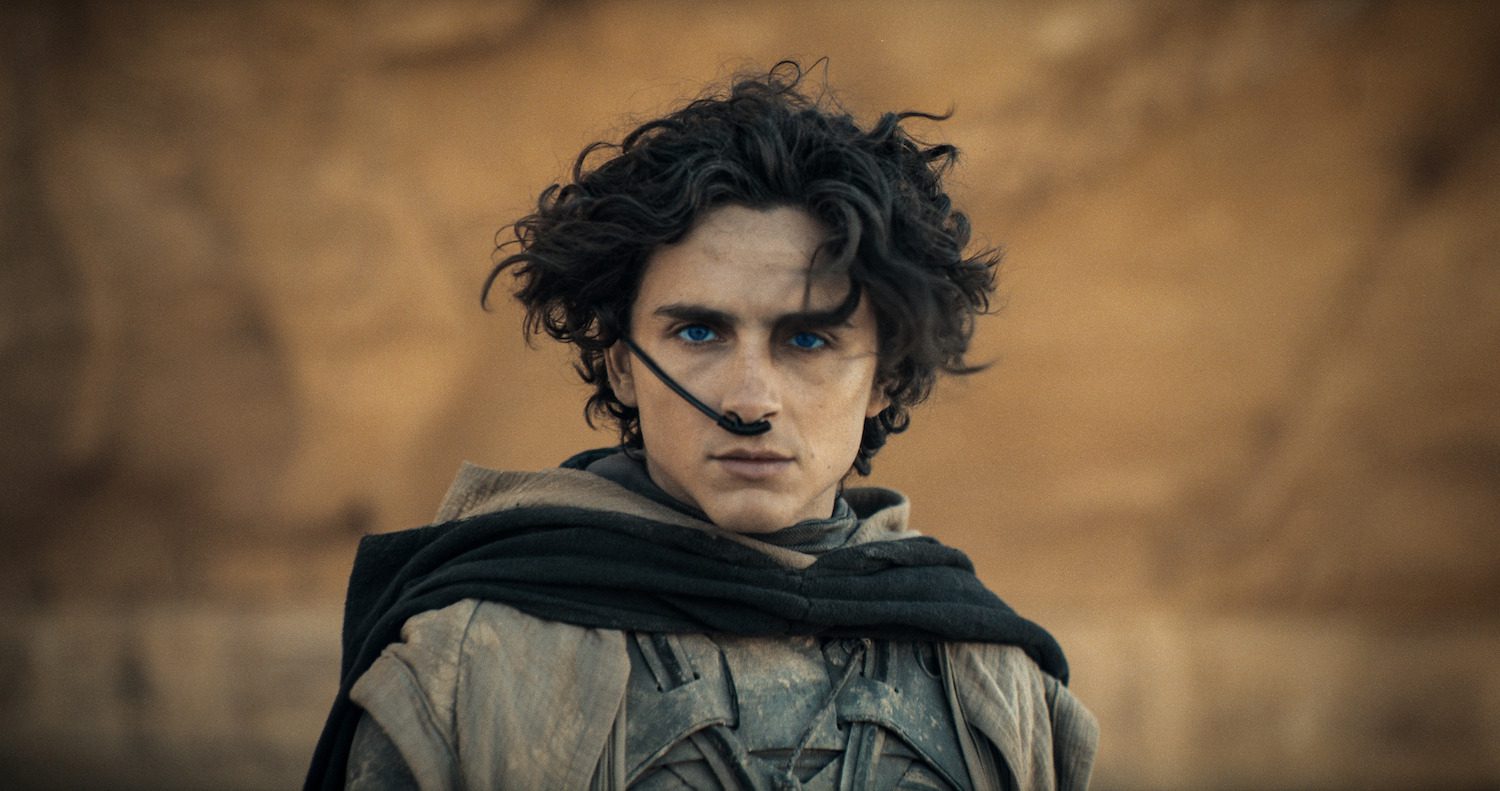
Dune: Part Two‘s budget of $190 million has been lauded as director Denis Villeneuve’s most expensive film to date (Dune: Part One had a budget of $165 million), and for good reason. It’s a lavish, sweeping production that’s worth of Frank Herbert’s seminal novel of the same name. It’s really a tale about the massive chess game that is human politics, and how we all behave when scarcity is at stake. Most importantly, it’s about how tightly we can hold on to our values – especially when it comes into conflict with our goals.
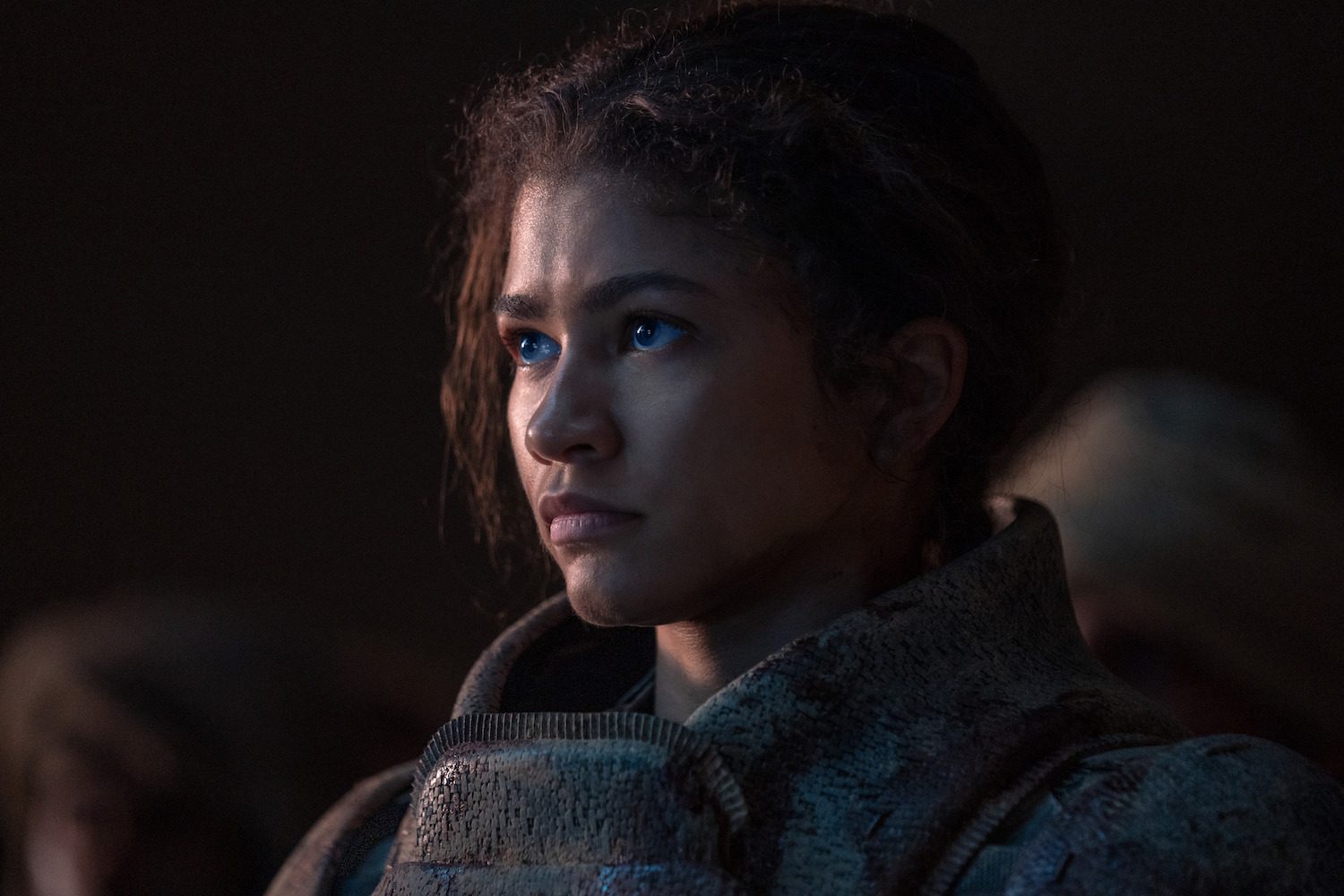
Dune: Part Two is a science fiction epic that’s based on book of the same name. It’s a sequel to 2021’s Dune: Part One. It follows the messianic Paul Atreides as he gains power to avenge his fallen family. However, the cost of doing so may very well be unleashing an unstoppable new zeitgeist across the known universe, forcing Paul to make a difficult decision.
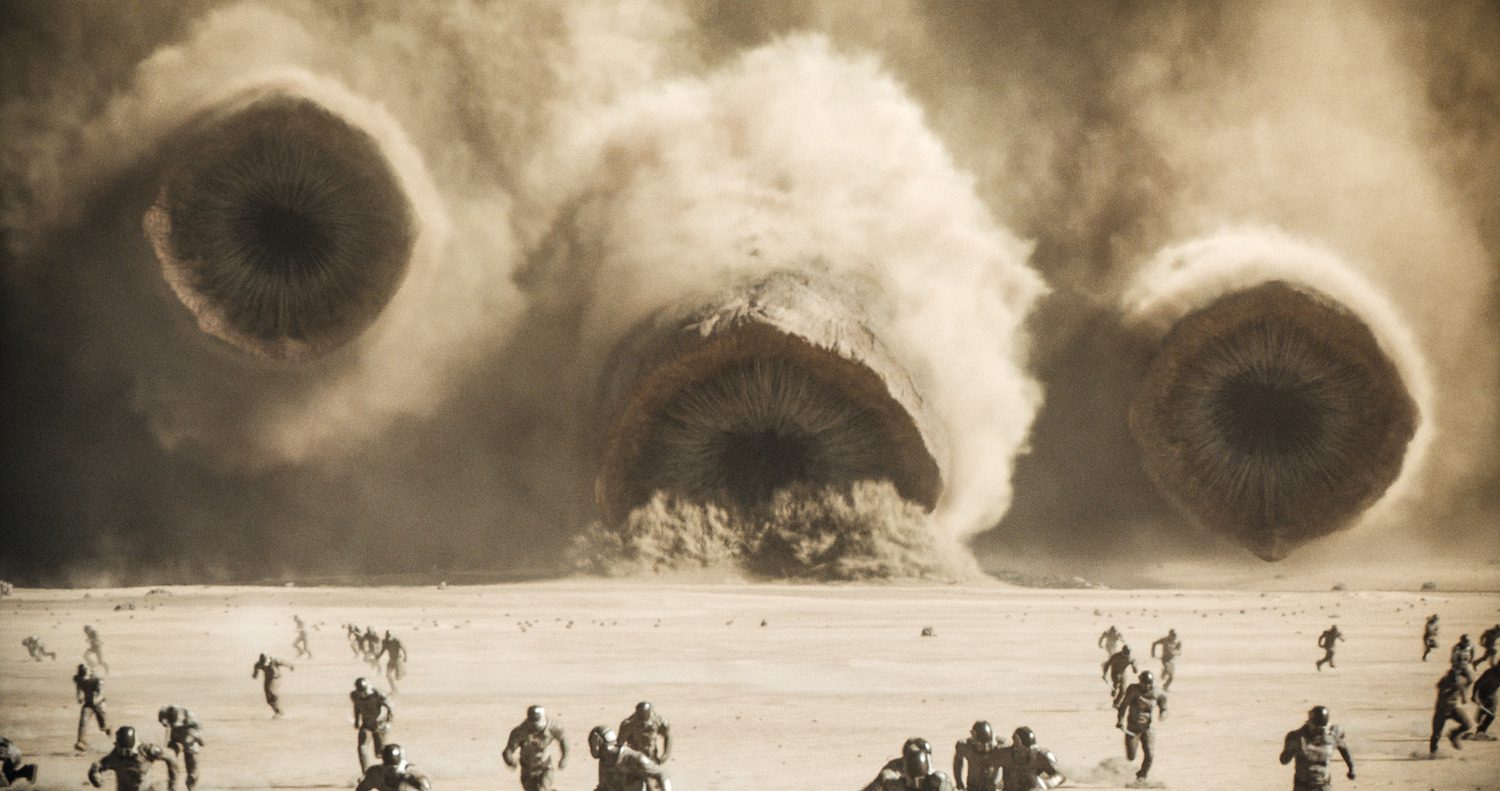
Lavish production values
There’s no denying the impressive production quality of Dune: Part Two. Whether it’s a scene with the Fremen in their sietches, or raids on the Harkonnen spice harvesters – each scene is carefully constructed, with no expense spared. Then there’s the horizon-spanning scenery, the endless desert dunes, and the sheer scale of all the establishing shots. When it comes to both the CGI or practical effects, the visuals of the film serve to immerse you in the movie’s universe. Like with Dune: Part One, this movie’s even larger budget is put to good use – and it shows.
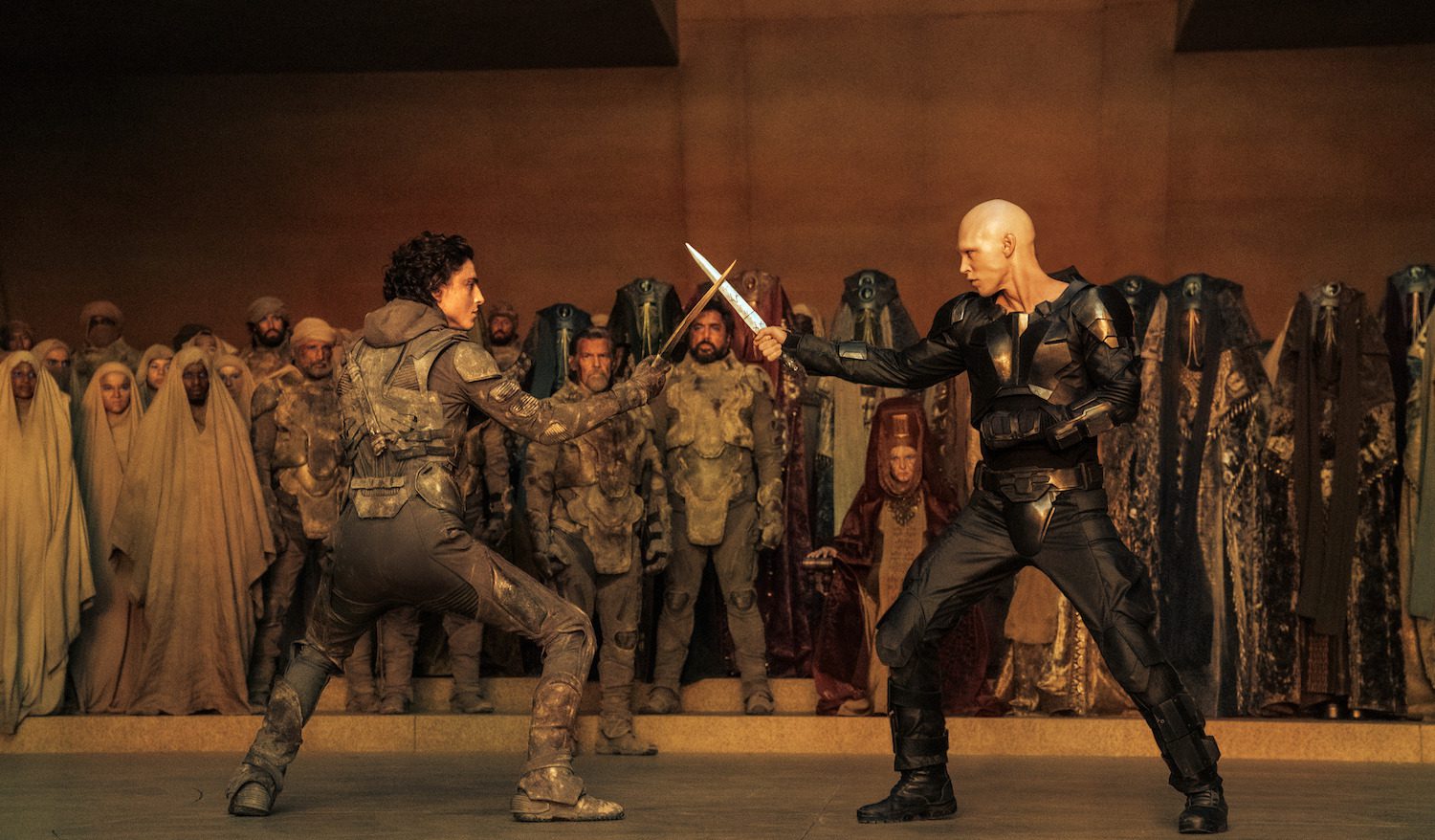
Depiction of politics and power
The depiction of human politics, what with the schemes of House Harkonnen, the machinations of the Bene Gesserit, or even just basic, straightforward leadership of the Fremen tribes of the ground – all these serve to remind us of the universality of human politics. Whether it be on a country, planetary, or universal scale, it’s all about influence and manipulation. There may be great power in having amassed great amounts of spice or wielding atomic arsenals of a House, but the true power is in control. The film reminds us of it, reminds us that no amount of technology can replace human influence – and what power really is.
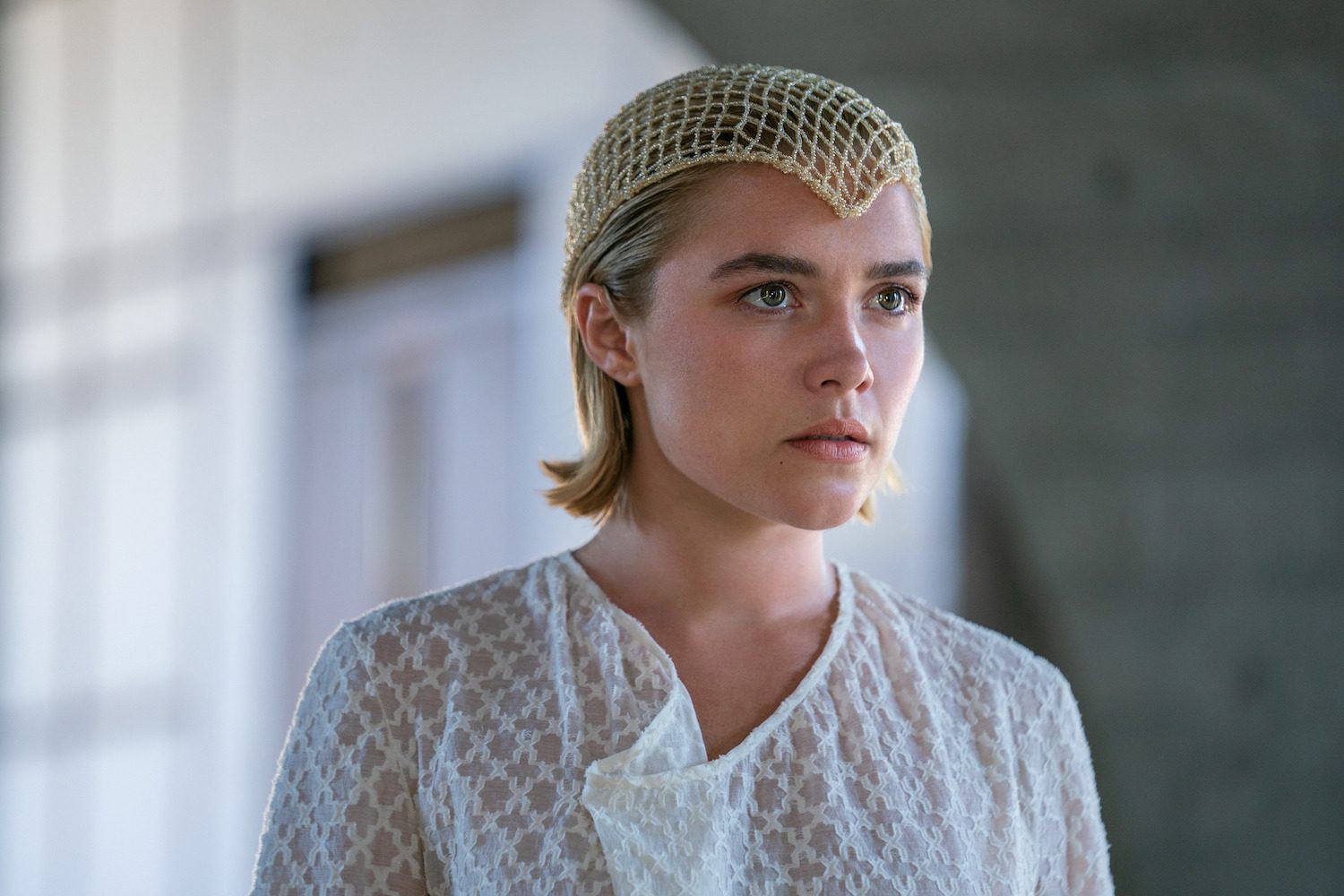
Interpersonal relationships could be more developed
While Dune: Part Two shines in showing human relationships on a macro level, it isn’t quite as incisive when it zooms in to relationships on a micro level. The interpersonal relationships felt stronger and more authentic in Dune: Part One, but here, they feel less developed. One key relationship, the one between Paul (Timothée Chalamet) and Chani (Zendaya), feels incredibly underdeveloped. If it wasn’t part of an important story point, this could be overlooked – but it is. Several plot points hinge on the strength of their relationship – their love – but when their relationship seems forced, the resulting plot developments feel manufactured. There’s some chemistry between them, but it feels more like they’re slammed together rather than organically developing a mutual romantic attraction for each other.
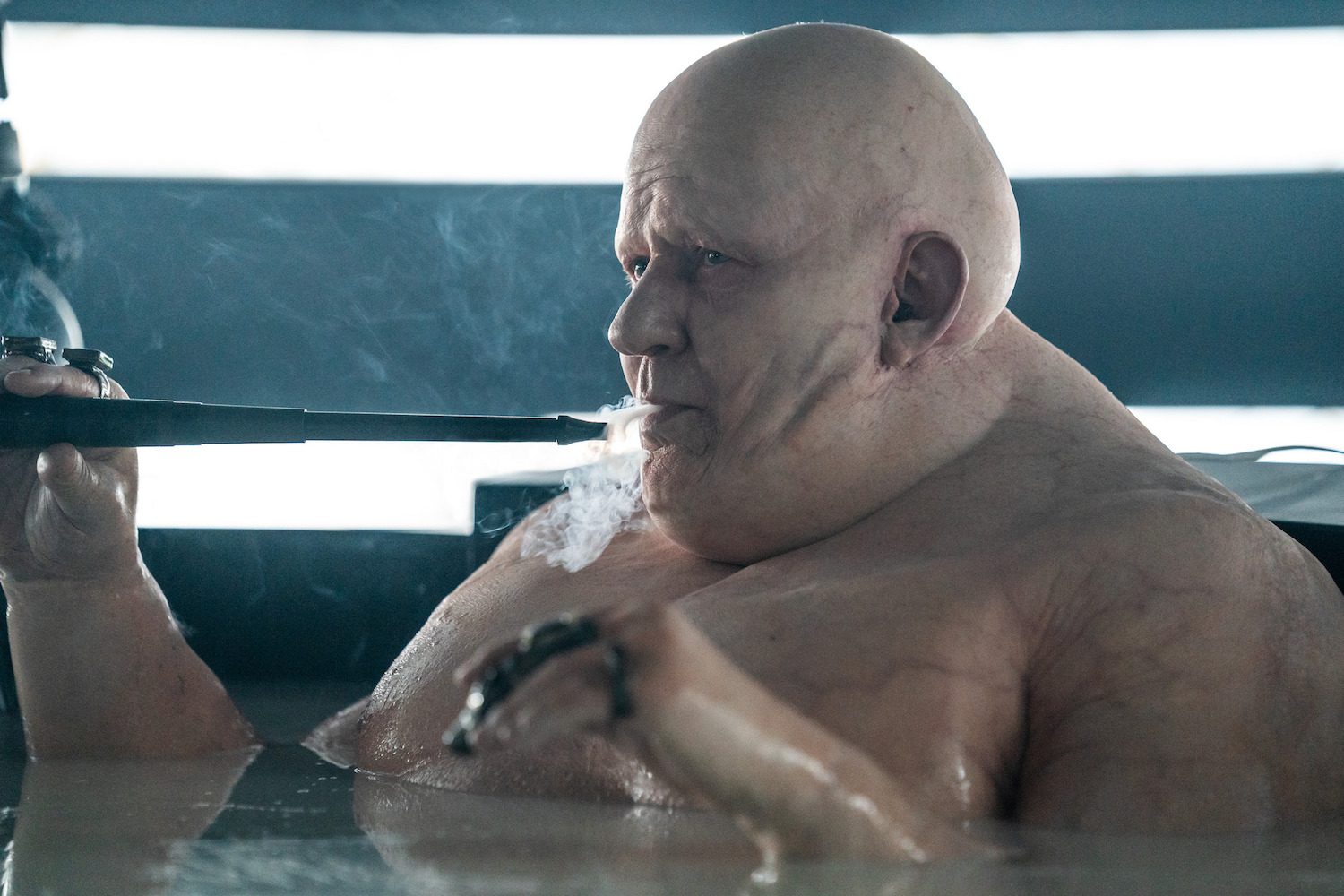
Feyd-Rautha lacks menace
Then there’s Feyd-Rautha (Austin Butler) and his introduction. A good 15-20 minutes is devoted entirely to building him up as a key antagonist in the film, how he serves as Paul’s polar opposite, and how he is incredibly powerful and menacing. But despite us being told that he’s a formidable fighter, he has trouble dealing with an unarmoured prisoner who clearly isn’t at the peak of his health. We get scenes of him being perverse with his weapons and wantonly killing people, but it doesn’t inspire all that much fear in the audience.
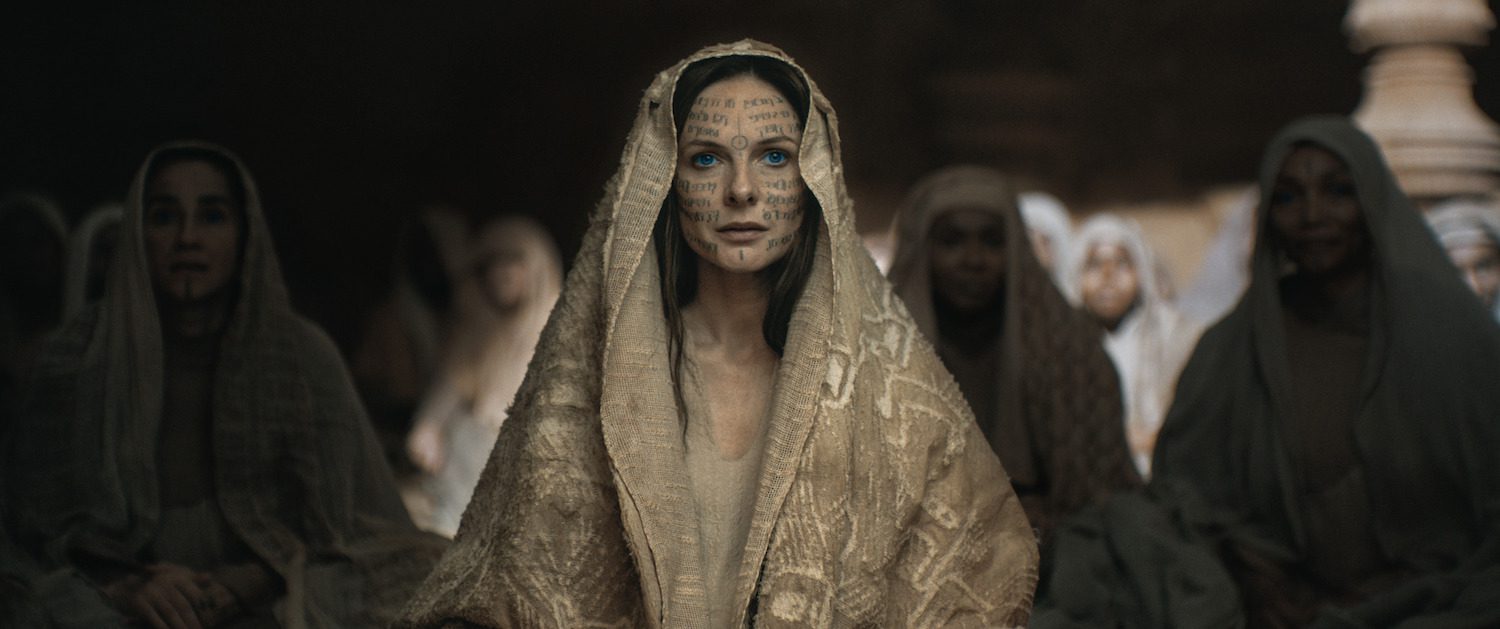
Can be literal and straightforward
Part of it could be how on the nose the depictions can be. Feyd-Rautha literally licks his knife in a show of how menacing he can be. While it may have been horrifying to see it written on paper, it doesn’t translate well to the big screen. The scenes of the crowds chanting Feyd-Rautha’s name feels more like it’d be suited for an animation, rather than a live-action film. It’s too direct, too literal, too straightforward – and in a film that’s rife with sophistication, scenes like this stick out.
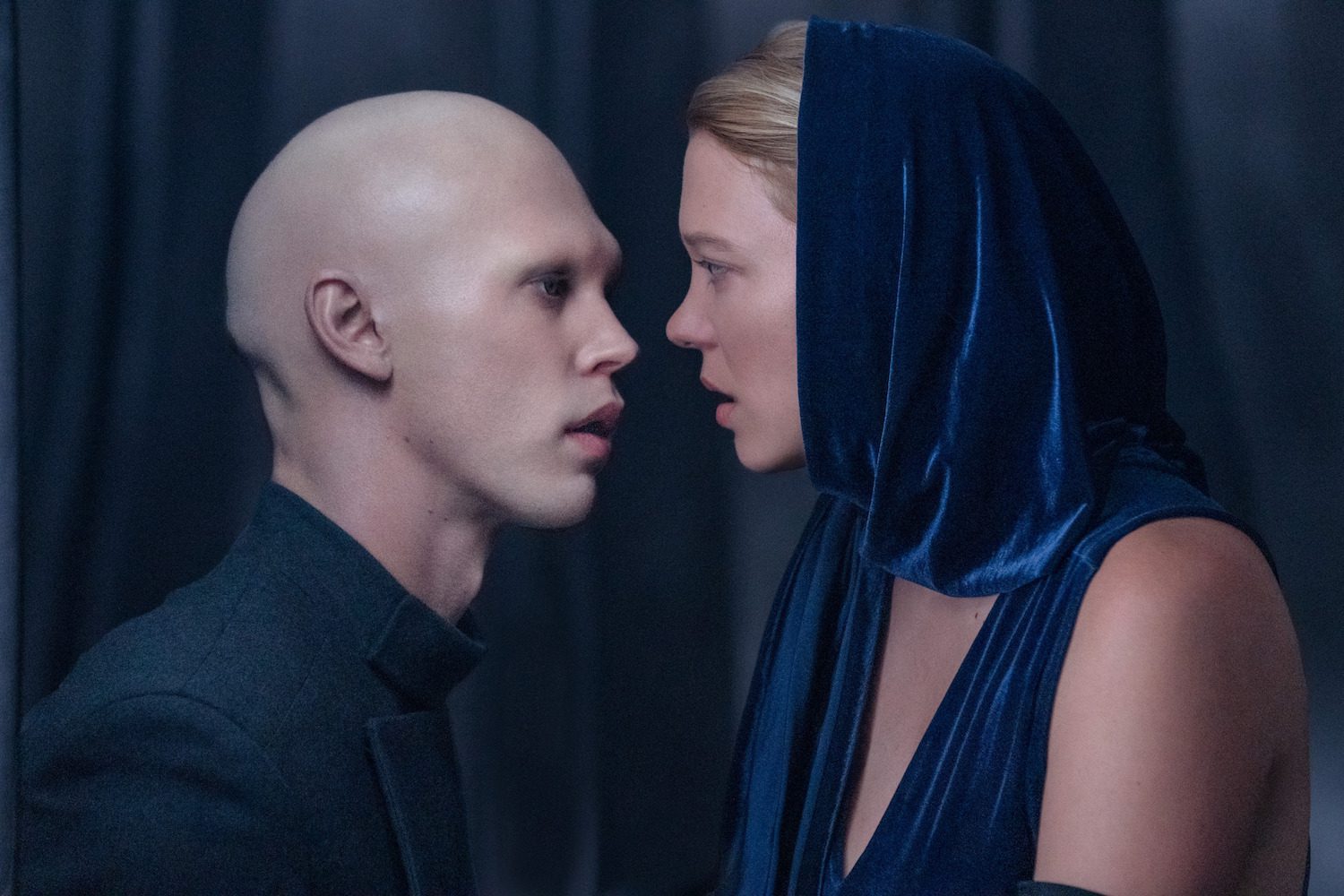
Visually, Dune: Part Two is absolutely gorgeous and completely deserving of being viewed in IMAX. The cost is absolutely justified, if only to experience the movie in all its magnificence. While the movie sometimes has trouble when it comes to focusing on the more interpersonal aspects, on a macro scale, it is every bit the grand epic that it deserves to be. There are no post credit scenes.
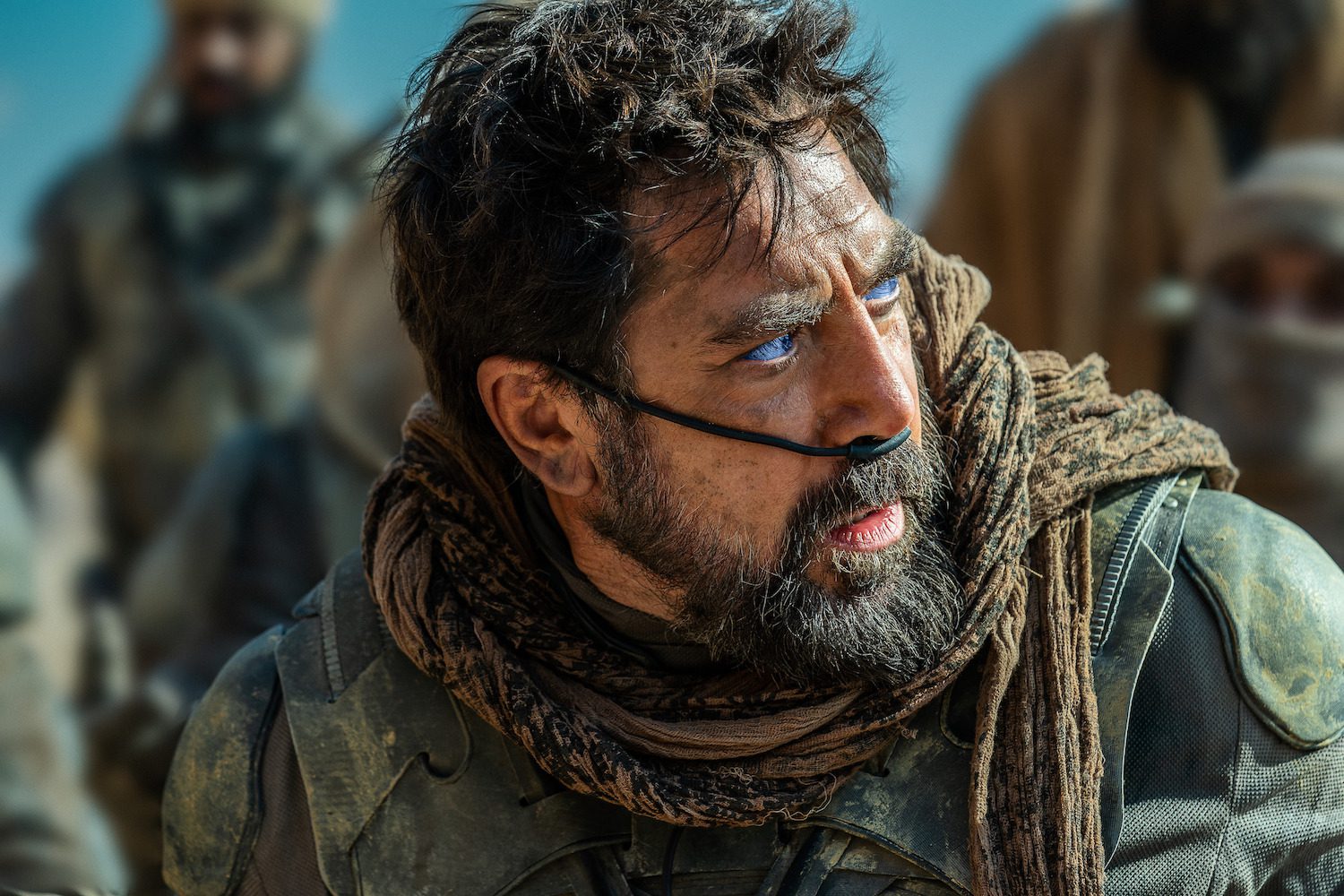
Read also:
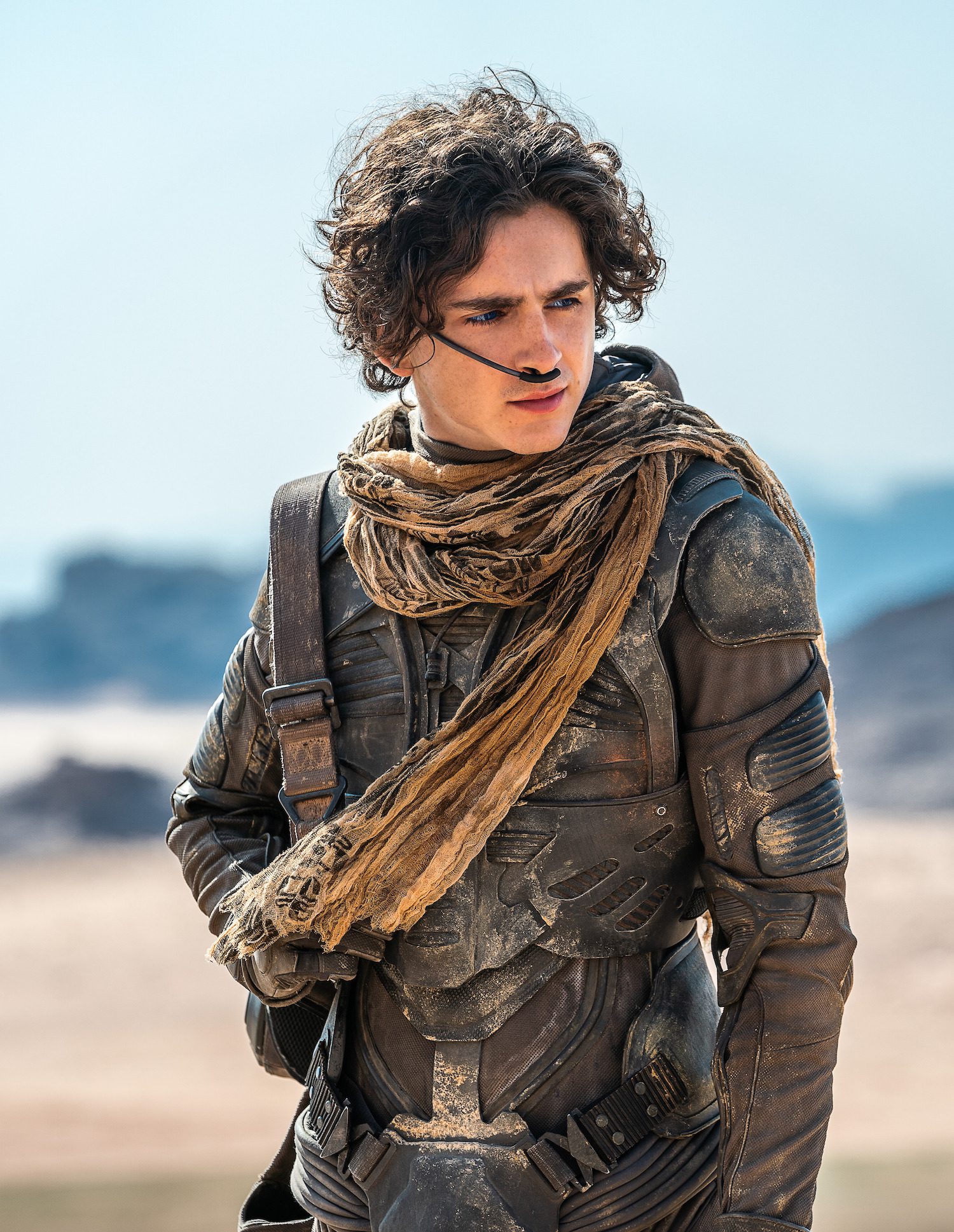
Rating: 4.0/5
This is an original article on marcusgohmarcusgoh.com.
You might be interested in the following Dune materials:
- Dune Saga 6-Book Boxed Set: Dune, Dune Messiah, Children of Dune, God Emperor of Dune, Heretics of Dune, and Chapterhouse
- The Art and Soul of Dune: Part One
- The Art and Soul of Dune: Part Two
As an Amazon Associate I get commissions for purchases made through links in this post.
Leave a Reply